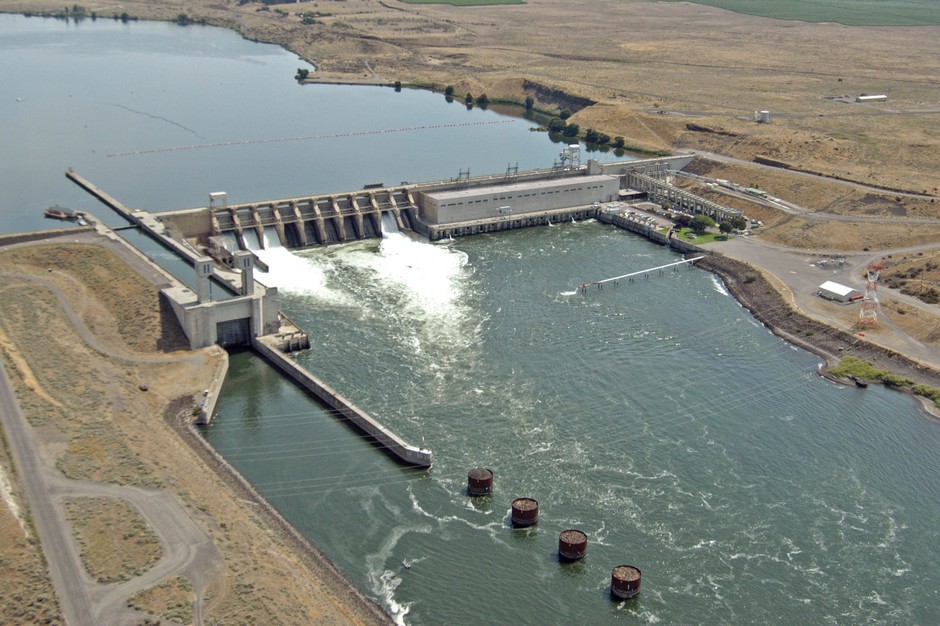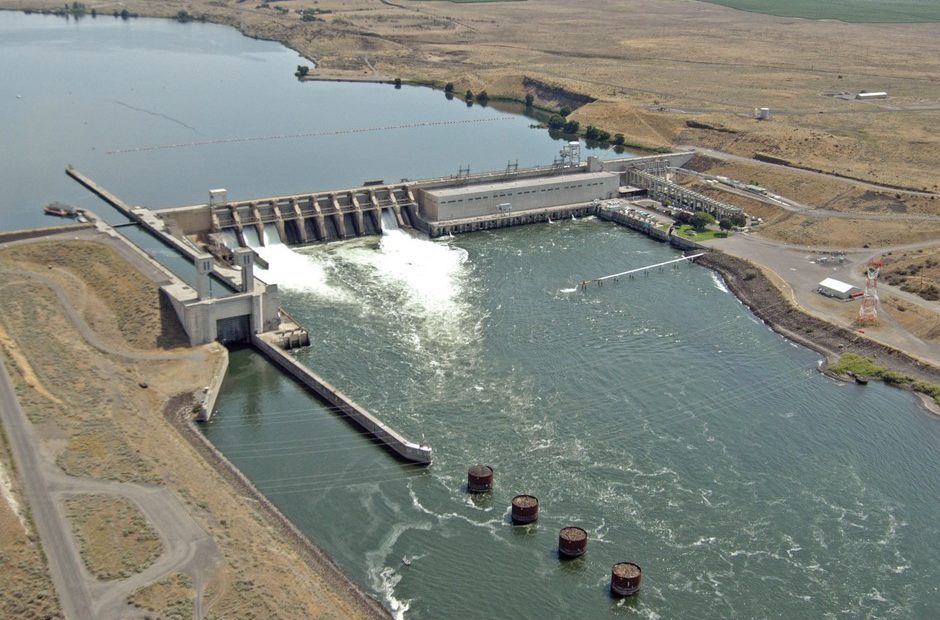
Washington State Steps In To Regulate Water Temps Behind Federal Dams To Help Salmon
READ ON
Washington regulators say the federal government hasn’t been doing it’s job protecting salmon from warm waters on the Columbia and Snake rivers.
In response, Washington’s Department of Ecology (DOE) has issued Clean Water Act certifications that will allow the state to enforce its water quality standards at eight federal dams – for the first time. The certification was tied to draft federal permits.
“It allows us the same opportunity we have to address the water quality standards – and how the dams affect those standards – not just with the dams we currently regulate, the non-federal dams, but also now, with the federal dams,” said Vince McGowan, the water quality department program manager for the DOE.
The certifications would regulate temperatures at the dams. That’s an especially important standard during the hot summer months, because water temperatures above 68 degrees can kill migrating fish.
Water temperatures are expected to increase as the climate warms. Rivers saw a glimpse of what the future could hold five summers ago, when low water flows and hot temperatures killed thousands of salmon.
Environmental groups sued the U.S. Army Corps of Engineers, forcing them to obtain water pollution permits from the Environmental Protection Agency. The EPA had to get Clean Water Act 401 Certifications from Washington state, before it issued the permits.
Last year, a few days after the state DOE opened a public comment period about the certifications at nine federal dams, the EPA asked the state to stop its process – an unusual move.
Now, the certifications would cover dams on the lower Columbia and Snake rivers, including Bonneville, The Dalles, John Day, McNary, Ice Harbor, Lower Monumental, Little Goose and Lower Granite.
Washington’s DOE says it will ask federal dam managers to put together a set of ideas to help manage temperature and then will discuss those options.
“It’s a matter of saying, here’s what we’re trying to get to meet. Now, you know your operation. How do you think you can get there?” said DOE’s Melissa Gildersleeve.
Environmental groups like Columbia Riverkeeper say making the federal government accountable for high water temperatures in reservoirs behind dams will help salmon, and the orcas that depend on them for food.
“This decision to stand up to protect salmon provides me with the most hope I’ve had in this situation in a long time,” Riverkeeper’s Brett VandenHeuvel said.
A federal EPA assessment is due in mid-May. That will help identify critical spots where temperatures are too high.
Related Stories:
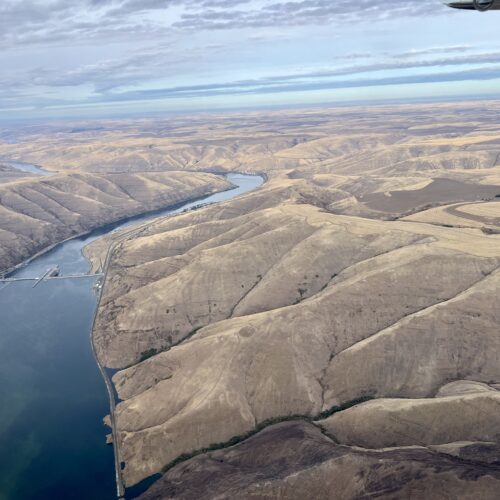
Toxic algal bloom found on the Snake River for second year in a row
Blue-green algae seen behind Lower Granite dam on the Snake River in 2023. (Credit: Courtney Flatt / NWPB) Watch Listen Toxic algae is turning up once again on the Snake
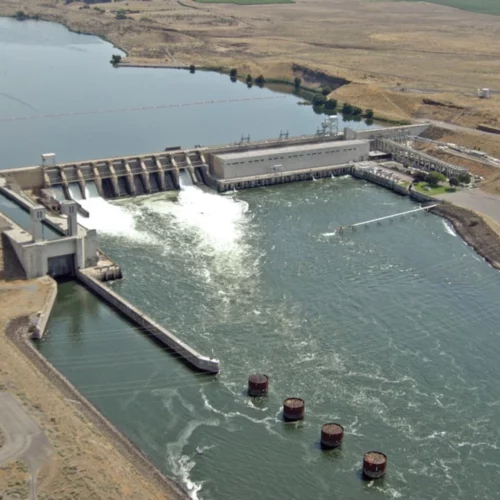
Historic agreement seen as a harbinger to Snake River dam removal
Ice Harbor Dam on the Snake River. Gov. Jay Inslee and U.S. Sen. Patty Murray said removing the four dams on the Lower Snake isn’t feasible right now. CREDIT: Bonneville
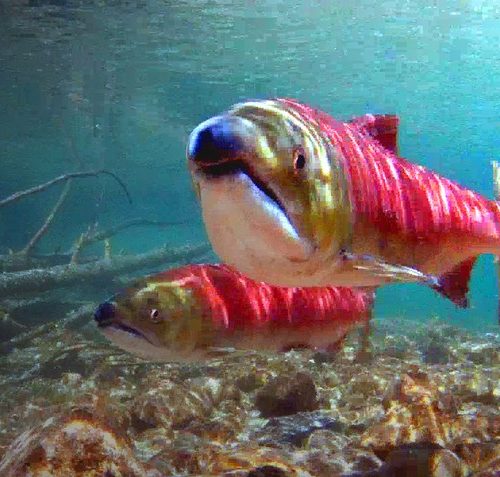
Tribal members gather to demand U.S. Government fulfill treaty obligations
Sockeye salmon like these are among the salmon species in peril. (Credit: Aaron Kunz) Listen (Runtime 2:57) Read For Northwest tribes, removing the four lower Snake River dams means more

